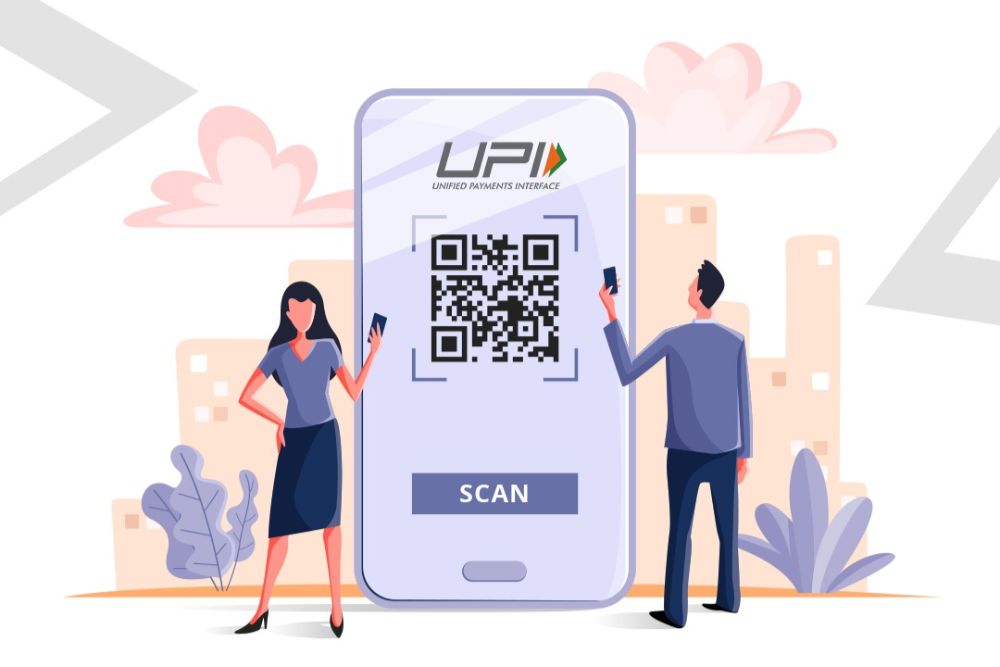Unified Payments Interface is an Indian instant payment system developed by the National Payments Corporation of India in 2016. The interface facilitates inter-bank peer-to-peer and person-to-merchant transactions. It is used on mobile devices to instantly transfer funds between two bank accounts.
The system is said to be a safe and secure method of transferring money between two parties and eliminates the need to transact with physical cash or through a bank.

The UPI systems that you can use in India consist of many banking/payment apps that allow you to use UPI. These include PhonePe, Google Pay, Axis Pay, and BHIM.
Now, UPI has undergone several changes over the years.
1. In a bid to enhance the platform’s security, the Reserve Bank of India (RBI) has implemented certain measures that became effective from January 1, 2024

2. NPCI has introduced ‘UPI for Secondary Market,’ which has now entered its Beta phase. The application allows a select group of pilot customers to lock funds after trade confirmation, facilitating payment settlements on a T1 basis through Clearing Corporations.
3. The central bank has significantly elevated the transaction cap for UPI payments. In December, RBI Governor Shaktikanta Das disclosed an additional increase in the limit, raising it from INR 1 lakh to INR 5 lakh. This revised limit is specifically applicable to transactions made to hospitals and educational institutions. The decision aims to promote the adoption of UPI for such payments.
4. NPCI and Hitachi Payment Services have collaborated to introduce India’s inaugural UPI-ATM, facilitating cash withdrawals through QR code scanning. The Reserve Bank of India (RBI) is considering a nationwide rollout of UPI ATMs.

5. To enhance the security of UPI transactions, the Reserve Bank of India (RBI) has suggested implementing a four-hour time constraint for users initiating initial payments exceeding INR 2,000 to new recipients. This introduces an extra layer of control and safety, enabling users to either reverse or modify transactions within that specified timeframe.
